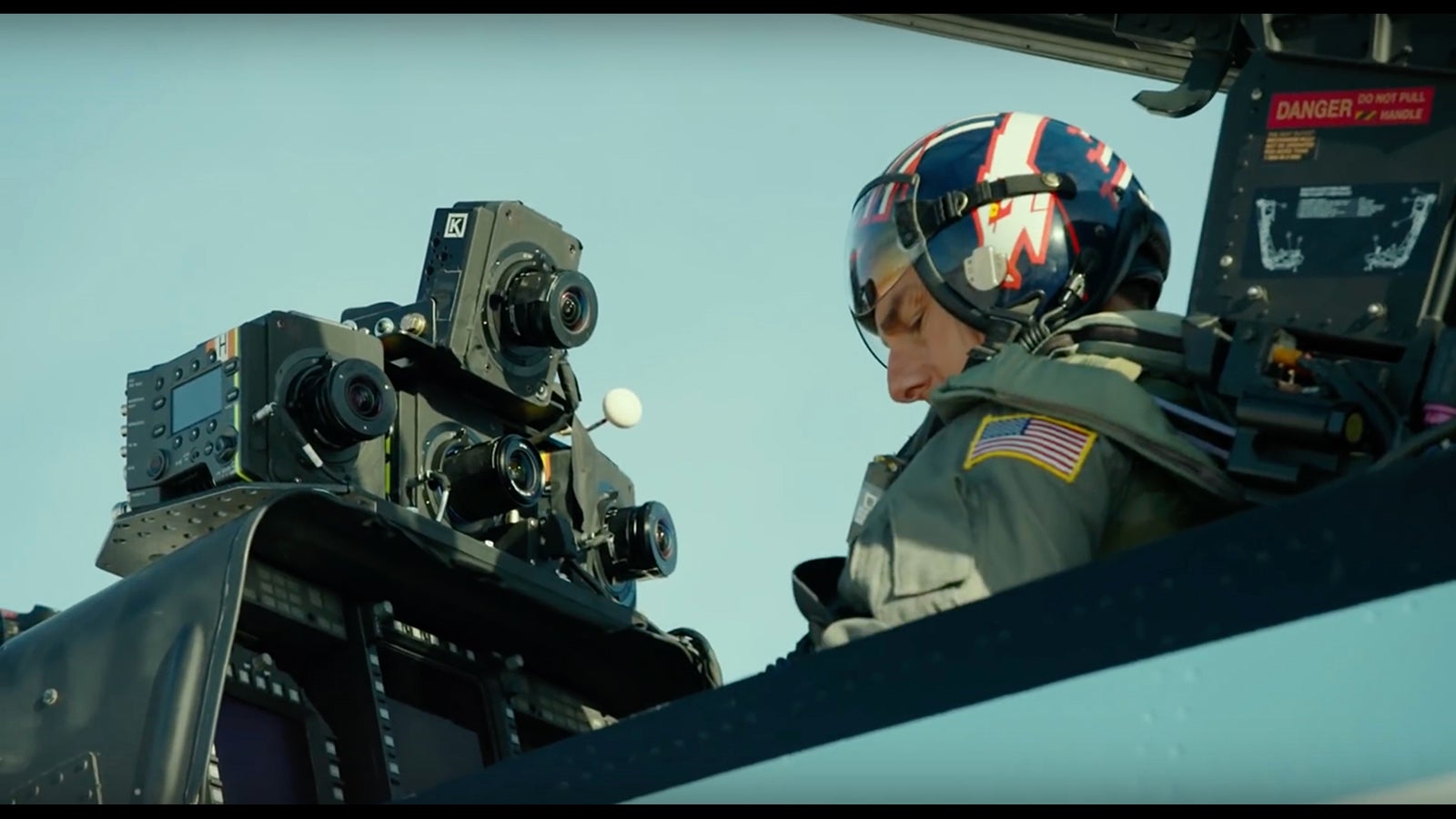
07-17-2019 - Technology
Dual Base ISO Explained
By: SonyCine Team

Dual base ISO - What is it?
By SonyCine Team
Digital imaging sensors perform best when set to their native, or base ISO. It’s at this base ISO value you will realize a very clean image with low noise, your best signal to noise ratio, and most likely the widest dynamic range. This is because at the base ISO setting, there is no amplification, or gain (voltage), being added to the signal coming from the sensor. Adding gain, or increasing ISO, to make an image appear brighter also adds noise. Increase the gain to make an image appear twice as bright and you’re also introducing twice as much noise to the signal and image quality is thusly decreased. While grain on analog film, like at ASA 400 for example, might be pleasing and enhance the feel of an image, the introduction of digital noise to an image rarely brings a similarly pleasing result.
Therefore, the VENICE camera’s full frame sensor has what is termed dual base ISO. Dual base ISO means the camera’s imaging sensor has two distinct sensitivities to light – one Low at ISO 500 for higher light levels, and one High at ISO 2500 for lower light levels.
At each base ISO level, since there is no such amplification being added to the signal as explained above, the sensor captures the same, clean image. And as illustrated in the graph above, at each base ISO, the sensor also captures same wide dynamic range with an equivalent ratio of stops of latitude above and below 18% grey - a total of 15 Stops.
Dual base ISO, and high base ISO specifically, also pay dividends when it comes to high frame rate (HFR) shooting. Indeed, for HFR, sensitivity is a critical factor since each frame is exposed to light for an even shorter duration. As such, having a high base ISO option of 2500EI ensures high image quality even when shooting under more modest lighting packages.
This feature, this flexibility, greatly expands the creative options and practical applications available to a cinematographer. So whether you’re shooting slower anamorphic lenses in low light, or faster spherical lenses with low levels of practical lighting, or during the day on location under brighter conditions and dialing in a few of the VENICE’s eight stops of internal optical ND, dual base ISO makes it easier to achieve clean images with a very wide dynamic range in wide range of lighting conditions.




